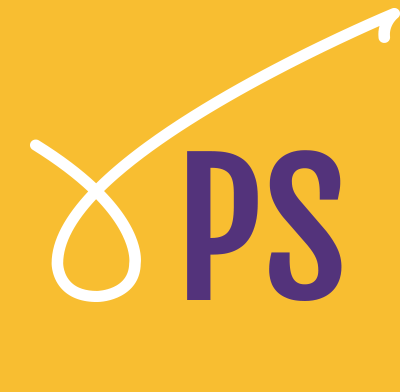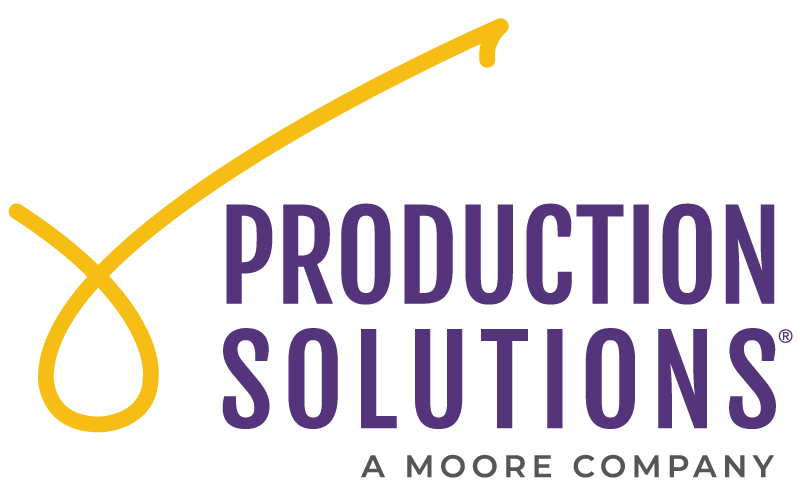Thank New Donors Properly if You Want That Second Gift
 Production Solutions
Production Solutions
Roger Craver and I were talking recently about the focus on retention in his blog, The Agitator, which led me to kick this idea around with my own team here at Production Solutions. We wondered how many clients have an active acknowledgment program in place and if they do, is it focused on personalization or timing?
Roger offered to guest blog for Production Interrupted on this conundrum, in order to stimulate dialogue from my readers.
Do you find that thanking new donors immediately after they make that first gift is the impetus that leads to that second gift? Or is it the “personal touch” that makes all the difference? Read on to find out what Roger advises and then please share your thoughts and/or experiences below.
– George
It’s axiomatic that success in winning a second gift as soon after acquisition as possible will go a long way toward guaranteeing higher retention rates and higher lifetime value.
Unfortunately, few fundraisers understand or follow the process essential for second gift success. Here are some tips.
What you do upon receipt of the first gift will largely determine whether or not you get the second gift. This is why a prompt and proper acknowledgment and thank you process is so critically important. 
And it continues to amaze me that so many fundraisers view the task of properly thanking new donors as a “cost center.” Talk about penny wise and pound-foolish!
When it comes to acknowledging and thanking donors, an infinite amount of advice abounds in our sector. Some claim a highly personal thank you is essential. Others argue that “personal” isn’t nearly as important as getting something to the donor as quickly as possible.
In our studies, we’ve found donors themselves put a premium on timely thank yous. A slight majority define “timely” as a thank you note arriving within 48 hours, while the vast majority indicated they wanted their gift acknowledged no more than a week after it was received.
 A caveat on “timeliness.” Mechanical, mass-produced thank yous that go out fast are generally the norm, or so-called “best practice” in many direct response-driven organizations. The result? “Efficiency” in getting the thank yous is achieved at the expense of “effectiveness,” because timeliness in now pretty much a commodity- common denominator that no longer distinguishes one organization from another, as it once did.
A caveat on “timeliness.” Mechanical, mass-produced thank yous that go out fast are generally the norm, or so-called “best practice” in many direct response-driven organizations. The result? “Efficiency” in getting the thank yous is achieved at the expense of “effectiveness,” because timeliness in now pretty much a commodity- common denominator that no longer distinguishes one organization from another, as it once did.
To distinguish or differentiate your organization, I suggest you focus more on the “acknowledgment” aspect of the communication and all that word suggests: communicating why the gift is appreciated, why it matters and how it was put to work.
Please also remember the importance of consistency in building relationships. Your “thank you” should reflect the issue, the project and the purpose to which the donor contributed. So if you’re an environmental organization and bring in a new donor with a message about whales, don’t acknowledge that first gift with a message about the dangers of nuclear proliferation.
Because thanking donors is critical to getting that second gift and to longer-term retention, you’ll likely need to make some changes and compromises within your organization.
For example, if your policy is to have the CEO personalize and sign all the thank yous and the stack is piling up on her desk, then you’ve probably placed your bet on the wrong horse.
Strategically and operationally any organization sacrificing timeliness for personalization (and vice-versa) should change course and figure out how to do both.

Roger Craver
A pioneer in direct response fundraising in the 60’s…Telemarketing in the ‘70s…Online information services in the ’80…and online fundraising in the ’90s, Roger Craver continues to press for innovation and “positive disruption” in nonprofit fundraising and advocacy. He is a long time friend and colleague of George Lizama’s and is one of the most prudent, provocative and pragmatic thought leaders in the industry.




